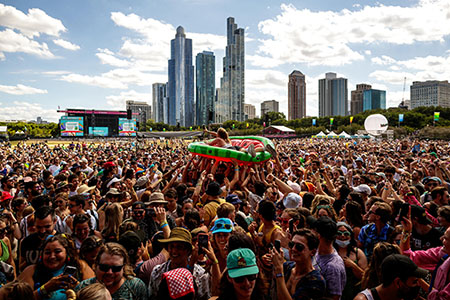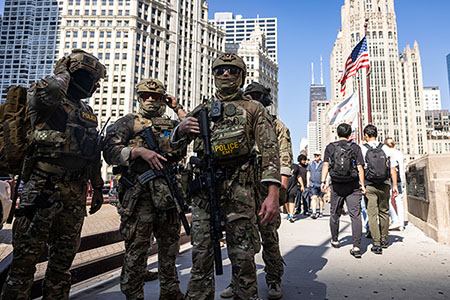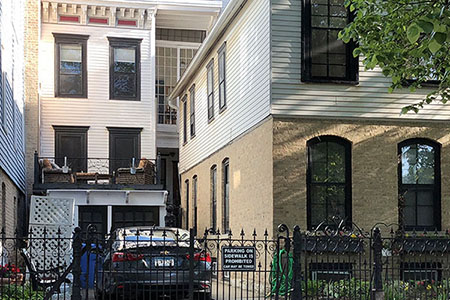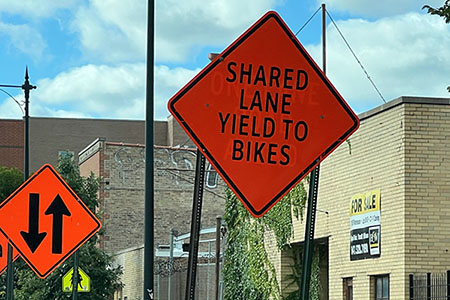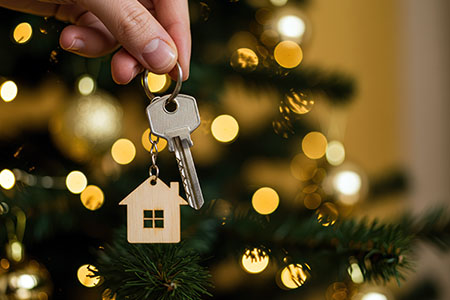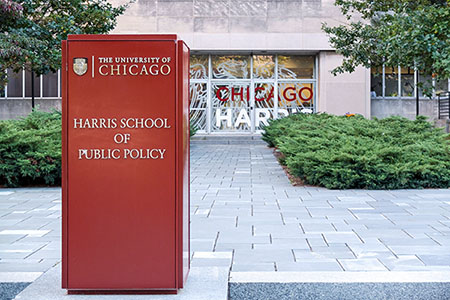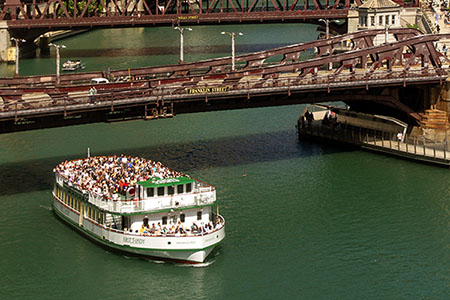80 percent voter turnout at Marina City
Ward 42 Precinct 27
U.S. Senate
7th District Representative
Nov. 5, 2008 – Voters in Chicago’s tiny 27th Precinct in the 42nd Ward, comprised mostly of Marina City, achieved an 80 percent turnout on Tuesday. Residents converged on the condo association meeting room at Marina City to cast votes in national, state, county, and city elections. Of 694 registered voters in the precinct, all of whom live at Marina City, 453 voted on Tuesday (including “provisional” ballots for which verification of voter eligibility is still pending), 100 early-voted in October, and four voted by absentee ballot. City-wide, turnout for the General Election was 72 percent, with 1,497,292 voters registered and 1,079,099 actually voting. As of Wednesday evening, all but five votes for president, counted from the 27th Precinct, were for the major candidates. Bob Barr got three votes. Charles Baldwin and Ralph Nader each got one vote. Two write-in votes went to Ron Paul and Hillary Clinton got one write-in vote.
(Above) Election judge Rebecca Smith hands a ballot to a voter at the 27th Precinct (42nd Ward) polling place on Tuesday. Election judges described a mostly quiet and orderly day, with residents waiting patiently. There was only one serious outburst, from a resident who did not want to speak her real name to the election judges, despite city guidelines that say a voter’s name must be spoken aloud so that pollwatchers can follow along. The day started for judges at 4:30 a.m. and ended at about 9:00 p.m. About 30 people were waiting in line when the polling place opened at 6:00 a.m. By 7:00 p.m., there was no line and only a couple of people still voting. There was a minor technical issue with the ballot scanner at the start of the day that was quickly resolved, and no issues with consolidating results at the end of the day. The polling place was visited by local news media, plus Metro TV from Indonesia. A news crew videotaped the polling place for its ongoing coverage of Barack Obama, who they said is very popular in Indonesia. According to Alderman Brendan Reilly’s office, the 42nd Ward ranked first in Chicago in early voting turnout, with 9,734 early votes cast. The 42nd Ward also ranked first in number of new voter registrations. Your ballot’s journey through the streets of Chicago
Late last week, in a large, blue steel cabinet, supplies from the Chicago Board of Election Commissioners were delivered to the MTCA meeting room. Working on Sunday and again on Monday, five election judges and one technical administrator converted the room into a polling place. On the supply checklist, there are 67 items, including shrink-wrapped ballots, scanner and ballot box, touchscreen voting unit, voting booths, boxes, signs, forms, envelopes for the forms, and bags in which to put the envelopes. Election judges, who receive a modest fee, apply for the position and receive three hours of training. The administrator receives considerably more training on the equipment. Voters at Marina City had one very experienced election judge, two judges with some experience, and two judges with no experience. The polling place can also include independent “pollwatchers” who are allowed to monitor the voting process. The voting assembly line If you were next in line, you were first greeted by a friendly Democrat judge who must ask your name even if both of you know it by heart. While that judge found your “certificate of registered voter” in a large, alphabetically-sorted book, a slightly-less-friendly Republican judge [the author of this article] quickly scanned lists of registered voters and lists of voters who had already voted. Certificates are color-coded. Some voters, for reasons decided by the Chicago Board of Election Commissioners, have to show identification. Some need to sign an affidavit. Even people who had no voter certificate, but were certain they were registered in that precinct, got to vote by first filling out a special form. Judges are trained to help people vote and find a way around any obstacle. After you signed your certificate, the second judge initialed it and passed it to a third judge who handed the ballot to you and explained how to use it. Once you completed the ballot, a fourth judge helped feed the ballot into the scanner and gave you a receipt, while a fifth judge kept the paperwork flowing and double-checked the work of the first two judges. After your ballot is inserted into the scanner, what happens next? The scanner makes sure there are no fundamental problems with the ballot, like too many votes cast for any one office. You do not have to vote for all offices. If you make a mistake, you can start over.
The ballots, along with voluminous forms and other documents, went into a large blue bag and a small black bag that were taken by taxi by two judges, one Democrat and one Republican, to Ogden Elementary School. In a world far removed from the quiet polling place, described by one judge as similar to “passing through customs in a third-world country,” blue bags were stacked and black bags were scrutinized. In Chicago, however, the paper ballots are just a back-up. Your vote was electronically registered by the scanner and saved on a small memory pack. Shortly after the polls closed, the election judges carefully removed the pack and transmitted the results to the Chicago Board of Election Commissioners.
|







 Election Results:
Election Results: 